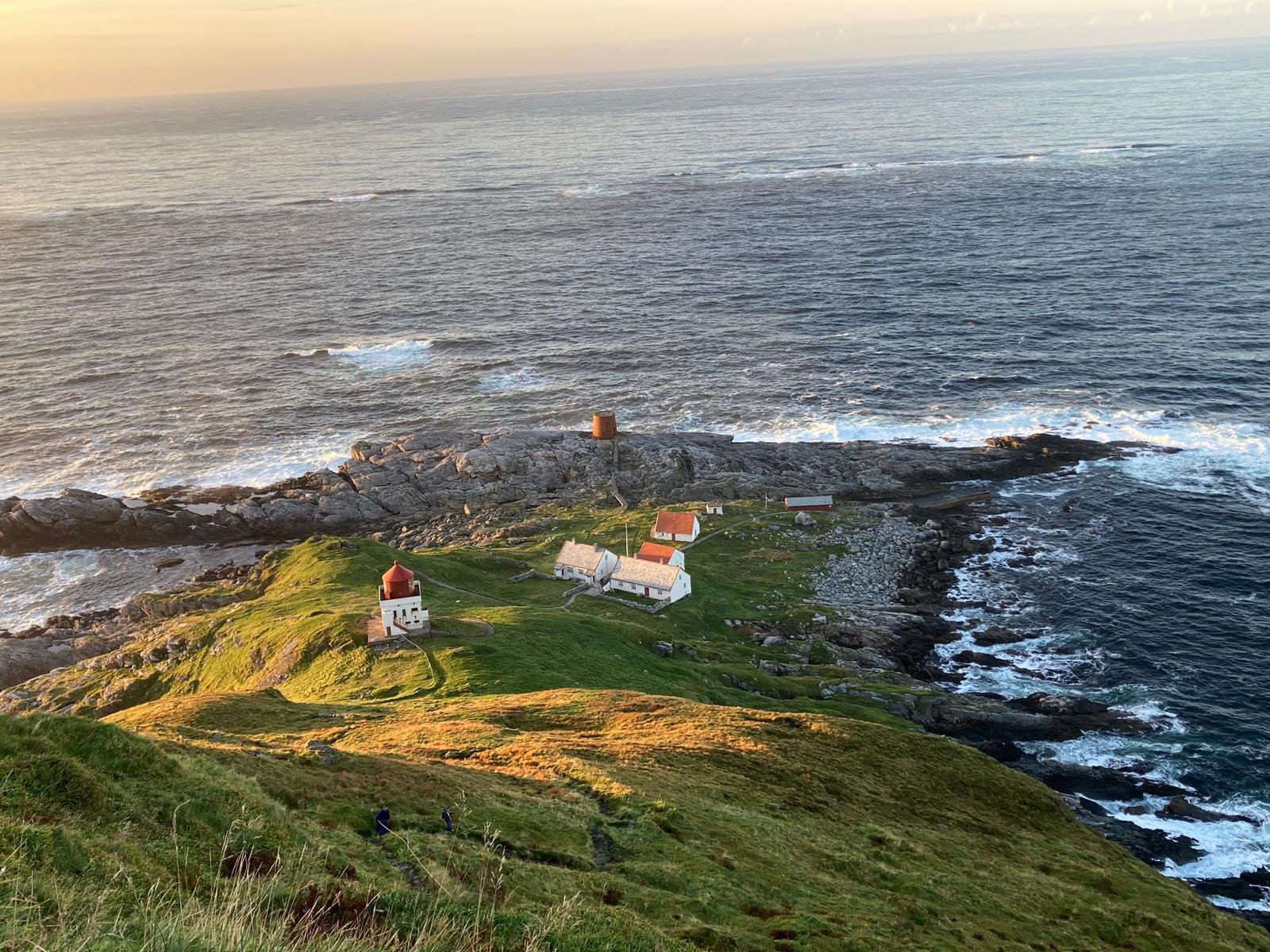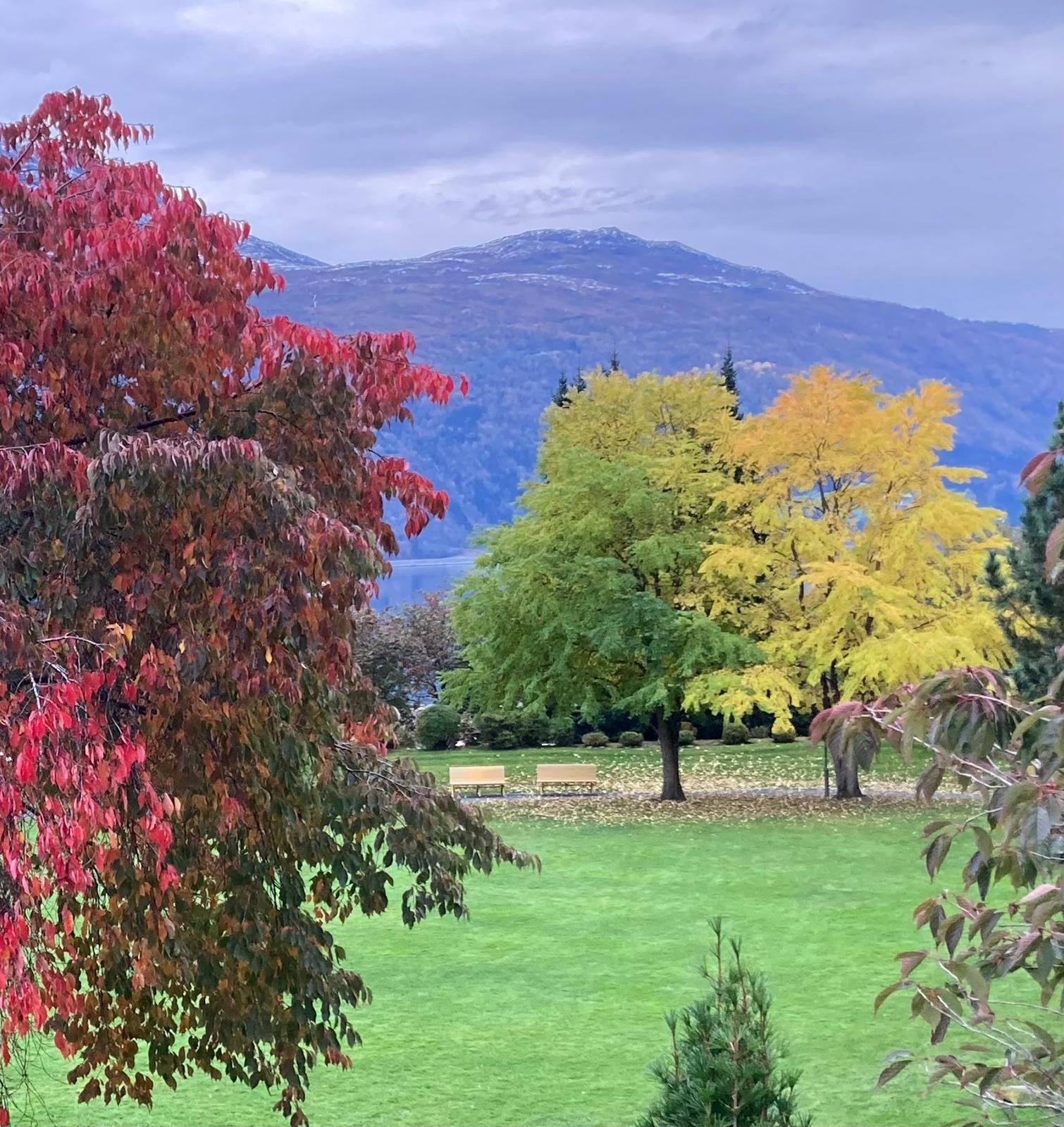Haiku
A traditional form of Japanese poetry that is short, evocative, and often inspired by nature or fleeting moments. It typically consists of three lines with a syllable pattern of 5-7-5, though this structure can vary in modern adaptations. Haikus are celebrated for their simplicity and depth, encouraging readers to pause and reflect on the beauty of the ordinary.
An old silent pond
A frog jumps into the pond—
Splash! Silence again.
— Matsuo Bashō
-
Cocoon
Doing much yet going nowhere
Feeling much yet finding no peace.
Ma.

-
Purpose
Steep descent to Runde
Lighthouse, storms and life.
Brave Johan and Ragna.

-
Park Benches
Timeless soulmates
Sit in shades of autumn
Chaperoned by maple trees.

-
Patience
As the sun allows
The moon observes.
Timeless is nature’s patience.

-
Symphony
Palm on strings
Tembusu beats, birds on flutes.
Wind conducts the symphony.

-
November
Dangling drops of fog
Tips of bare fir tree sparkle
Morning Christmas lights.

-
Patience
Everything in its time
That which cannot yet be seen
Nature’s patience.

-
Snail
Life unfolds at
the speed of snail.
Millimetre by millimetre.

-
Glaciers
What wisdom, what magic
Hides in Bøyabreen.
A small plane too it seems.

-
Breathe
Ebb and flow, gentle
Or turbulent, ever resilient.
Is life.

Write a Haiku poem
When the inspiration arises, capture the moment in a Haiku sequence. Remember to keep your haiku in the present tense. The haiku moment is here and now.